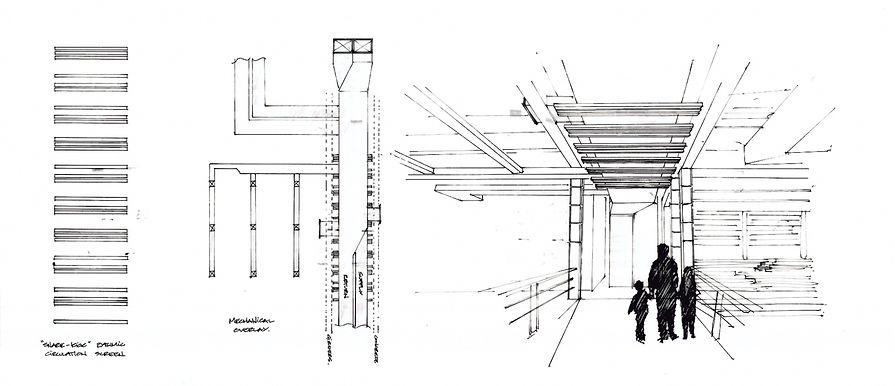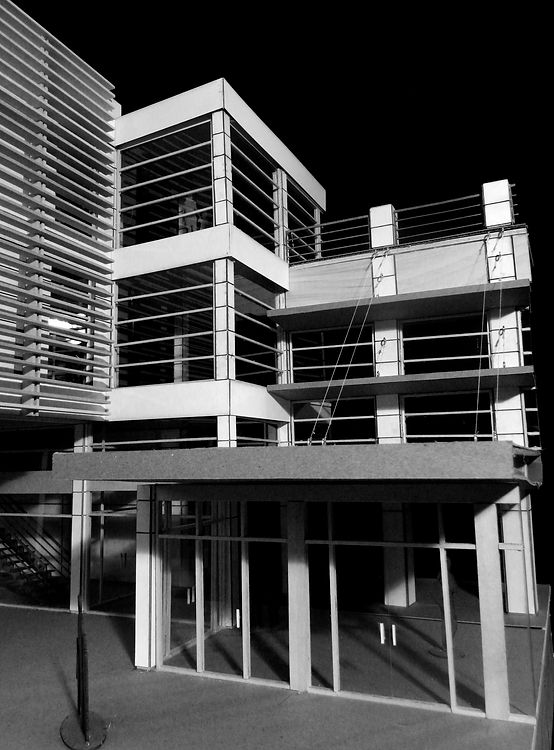DUKE ELLINGTON LIBRARY
COMPREHENSIVE DESIGN
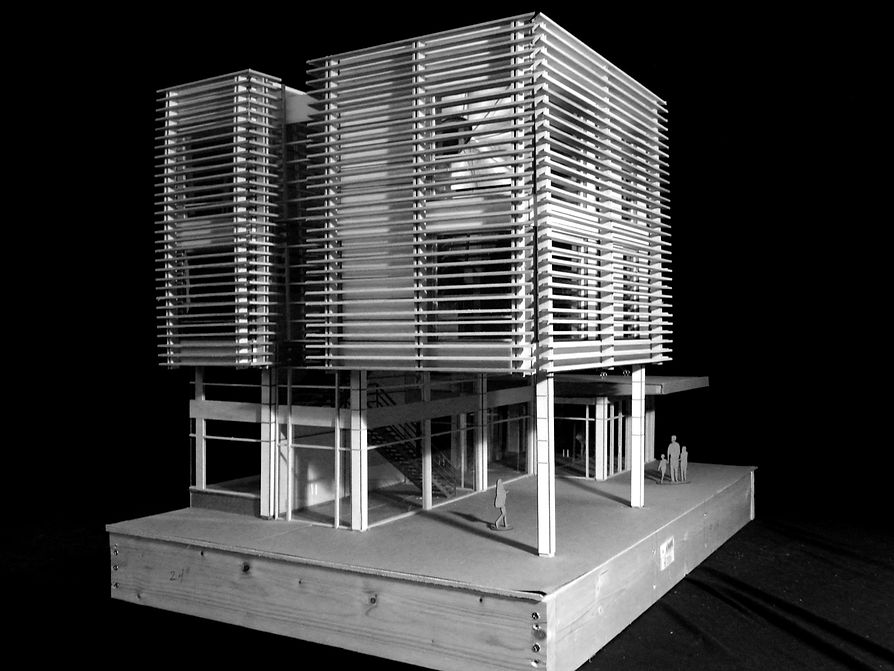
The Duke Ellington Music Library aims to reinterpret the role of the library within the community, providing a range of open and intimate spaces to accommodate both open conversation and un-disrupted study. The library is becoming less a warehouse of books and more so a place of individual study, community gathering, and social interaction in a world of knowledge. With Georgetown’s traditional library within blocks of the site, the Duke Ellington library emphasizes the discussion, sharing, and education of music within the community. This requires the library to assume new programmatic elements, including a terraced, performance stage, instrument rental, sound containing practice rooms and classrooms, amongst a cafe, computer workstations, study areas, and a limited, but focused selection of stacks.


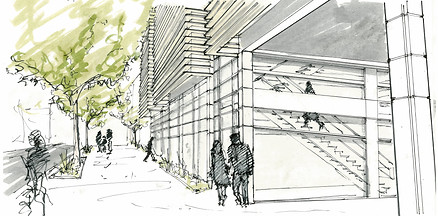
The building is arranged within a nine-square grid, with the primary spaces and functions defined and connected by the crossing circulation. The squares adjacent to the central atrium serve the more public functions, allowing commingling of patrons between the cafe, stage, and work areas. The corners of the building are contained to allow smaller groups of visitors to study or practice music without distraction to the entire library.




As a comprehensive design course, the studio encouraged development of technical aspects of design. Constructability and Performance were considered in the development of the building systems and exterior envelope. The Duke Ellington Library is shaded from solar exposure by an exterior scrim, which subsidizes the mechanical systems while also providing a unique texture to the building elevations.
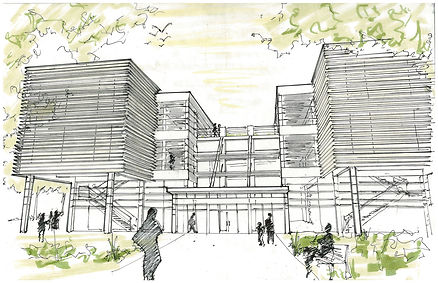

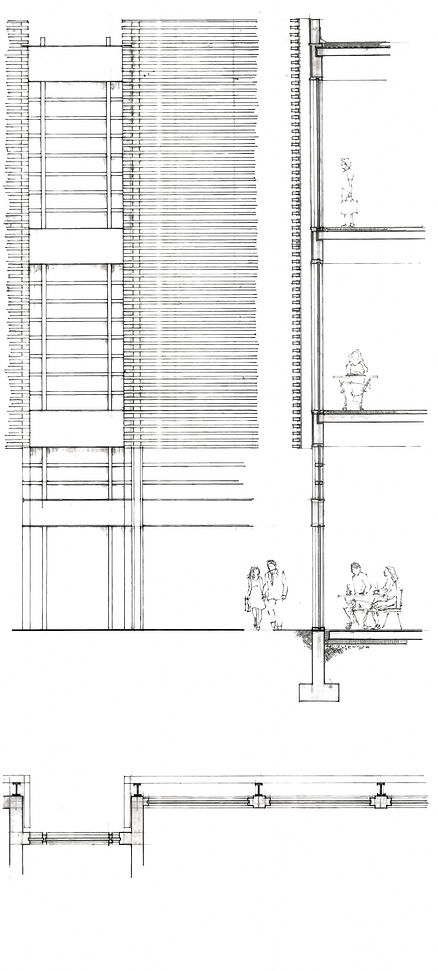
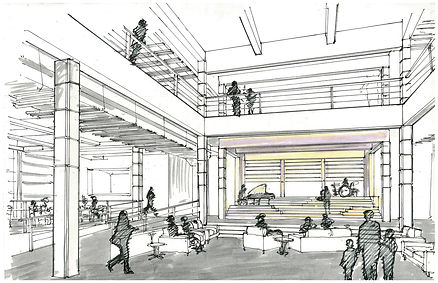
The Mechanical, Electrical, and Plumbing Systems are integrated with the Architecture as tribute to the structures and rhythms of music. The ceiling components provide the underlying "beat", while each element weaves in and out as it various instruments, melodies, or harmonies of the greater composition. Visitors engage these playful rhythms while circulating between the primary spaces and functions of the library.
